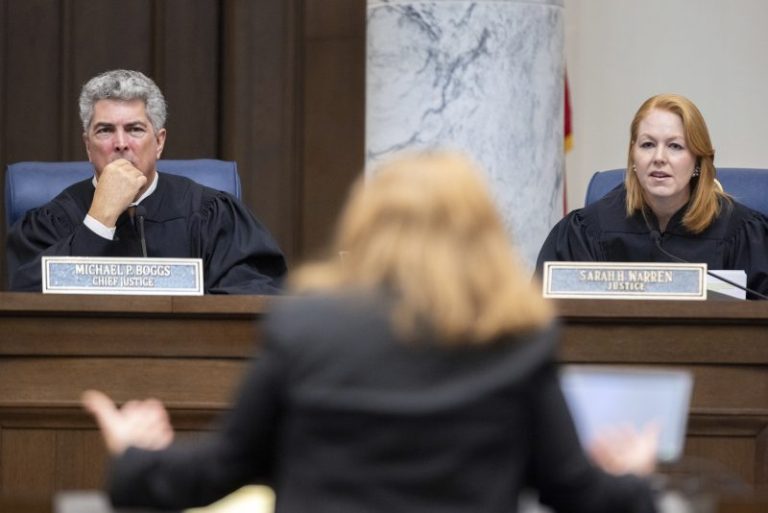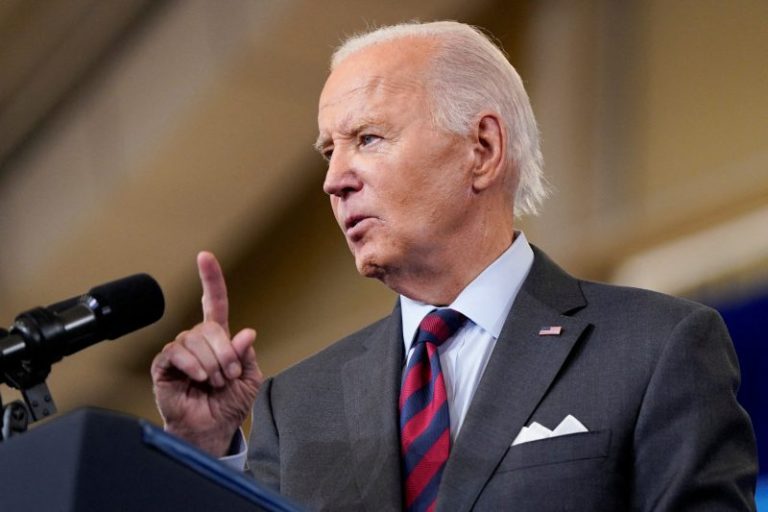The Georgia Supreme Court has declined to reinstate an array of rules approved this year by a pro-Trump majority of the state’s election board that a lower court judge had tossed last week after calling them unconstitutional and void. The decision all but ensures that the rules will not be in effect for the November vote.
MADISON, Wis. — Barack Obama appeared at a rally Tuesday with Democratic vice-presidential nominee Tim Walz, marking the former president’s first event with a member of his party’s ticket since Kamala Harris launched her presidential campaign in July.
Both Obama and Walz, the governor of Minnesota, implored a crowd of thousands in Wisconsin’s capital on the first day of early voting in the battleground state to cast their ballots early.
Welcome to The Campaign Moment, your guide to the biggest developments in the 2024 election, where strange bedfellows make for fascinating politics.
Before we start, make sure you’re signed up for this newsletter. And also make sure you’re subscribing to “The Campaign Moment” podcast on Apple Podcasts, Spotify or wherever else.
CONCORD, N.H. — President Joe Biden sparked controversy Tuesday with a new attack line against former president Donald Trump, telling Democrats, “We’ve got to lock him up,” before moderating to suggest he meant figurative rather than literal incarceration.
After listing several dangers posed by a potential second Trump presidency at a Democratic Party campaign office here, Biden said: “I know this sounds bizarre. It sounds like, if I said this five years ago, you’d lock me up. We’ve got to lock him up.”




